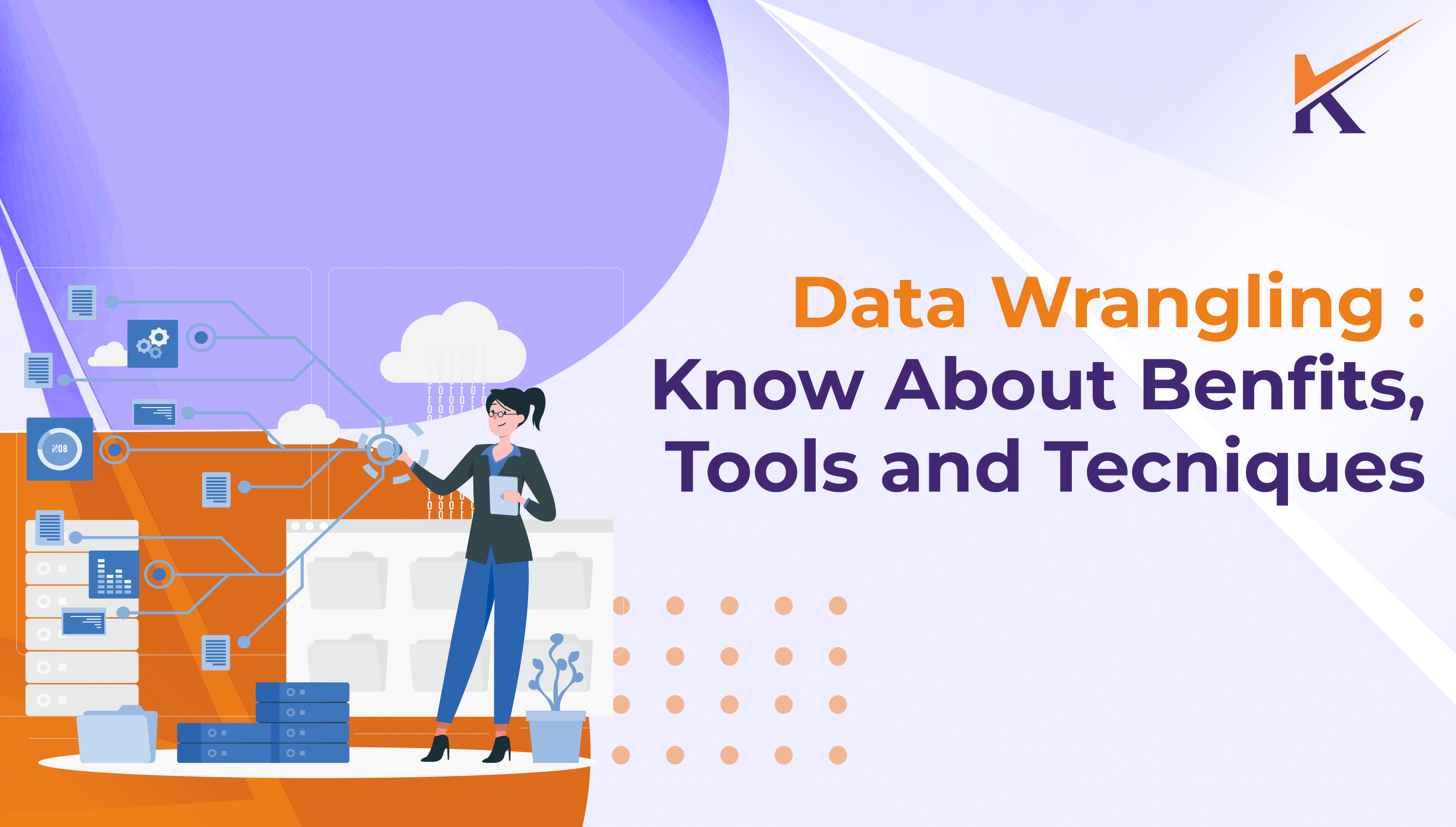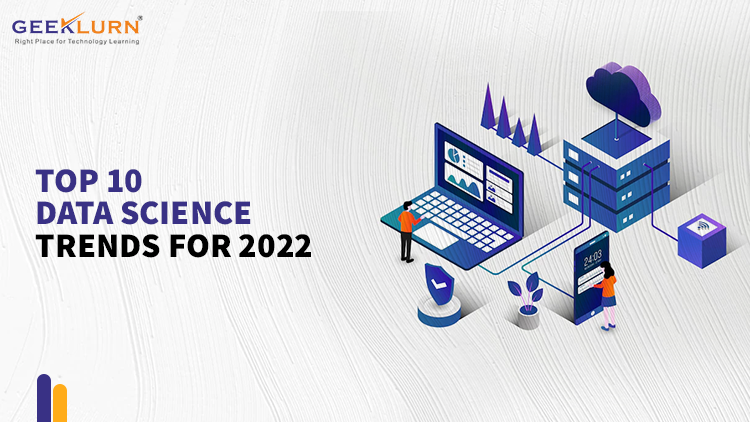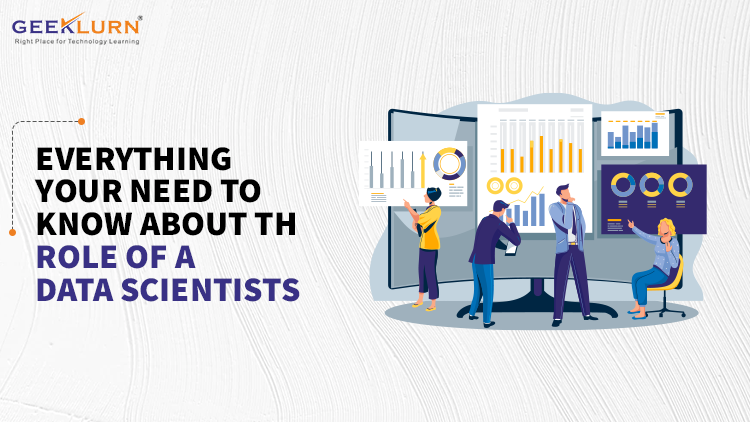Now that the world is getting to know the hidden power of data, organisations globally are relying more and more on data analytics to make important business decisions. In order to do so, data scientists collect raw data and extract useful information for further analysis and research. This process of converting and mapping raw data into usable information is known as data wrangling. Let’s understand it in detail.
Table of Contents
What Is Data Wrangling?
Also known as data cleaning, data remediation, or data munging, data wrangling in data science is an important step in understanding and organising data insights. It is the process of removing errors from raw data and combining complex data sets to make them easy to study and analyse.
Benefits Of Data Wrangling
- Data wrangling helps users in cleansing data from the noise; it eliminates flawed data and points out the missing elements.
- Since it collects a lot of data, data wrangling does the groundwork for the data mining stage.
- It helps to improve data usability since it converts raw data into a compatible format for the final business goals.
- The above point helps businesses make well-informed and timely decisions.
- Data wrangling enables users to easily process large volumes of data.
- Data wrangling in data science helps to quickly and effortlessly schedule and automate the data-flow process.
Data Wrangling Tools And Techniques
There are several different tools and techniques for data wrangling. These can be used for importing, gathering, structuring, and cleaning data before sending it ahead in its refined form. These data wrangling tools are divided into two types:
Automated tools for data wrangling: Here, a software helps you to validate data mappings. It scrutinises the data samples at every step of the transformation process. Automated data cleaning tools are used when there are exceptionally large data sets.
Manual data wrangling: Here, a data scientist or a team of data specialists are responsible for the data cleaning.
Following are some of the many tools used during the data wrangling process:
- Spreadsheets / Excel: This is a basic manual data wrangling tool.
- OpenRefine: A computer program which is better than Excel. It is an automated data cleaning tool which requires programming skills.
- Tabula: Also known as an ‘all-in-one’ data wrangling solution, this tool is suited for all data types.
- Google Dataprep by Trifacta: It is an intelligent cloud data service to visually explore, clean, and prepare data.
- CSVKit: It is a suite of command-line tools used for the conversion of data.
- Python: Data wrangling with Python involves vectorization of mathematical operations on the NumPy array type. This is known to speed up performance and execution.
- Plotly: Plotly enables data-driven decisions. It is used for interactive graphs, charts, scatter plots, heatmaps etc.
- Splitstackshape: These are a set of R functions used to split data, stack columns of the datasets, and convert the data into different shapes.
Data Science Skills Required
Data wrangling is one of the several essential skills that a data scientist must possess. Top companies across the globe look for the following skill in data science candidates:
- Ability to perform data transformations such as ordering, merging, and aggregating.
- Thorough knowledge of languages like Python, R, SQL, Julia.
- In-depth understanding of data wrangling and data exploration.
- Expertise in statistical analysis and computing.
- Ability to make logical judgments.
- Clear understanding of the fundamentals of data science. Candidates should know the difference between deep learning and machine learning, or the difference between data science, business analytics, and data engineering.
- Comprehensive knowledge of machine learning.
- Knowledge of Big Data Processing frameworks.
- Good communication skills.
The Bottom Line
Now that you understand the concept of data wrangling in data science, do you want to upskill and improve your data science skillsets? Check out this comprehensive course on Data Science Architecture by GeekLurn. It is a 24 months course with 6 months of live interactive classes and 18 months of sponsored project work at authorised research centres funded by IISC, ISB, and IIM. Not just that, GeekLurn also offers a 100% placement guarantee. What’s stopping you now from pursuing a career in one of the most promising and rewarding fields in today’s day and age?!






